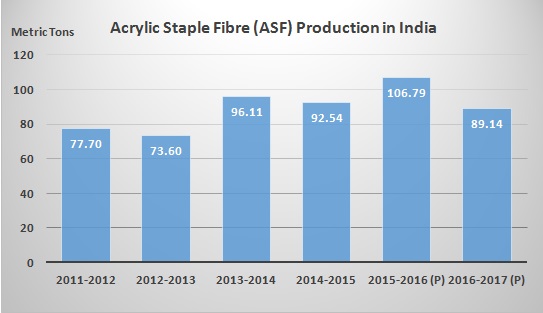
Source: innovationintextiles
In the face of unpredictable weather conditions, waterproof jackets have become key items in many people’s wardrobes. But new research from the University of Leeds in the UK suggests that the use of controversial fluorochemicals in the manufacture of most of these garments may be unnecessary.
The chemistry used to repel rain from fabric has raised concerns from European legislative bodies, academia and environmentalists. As well as posing potential risks to the environment, fluorocarbons have also been associated with health problems in humans. Some clothing brands have switched to alternative chemistries, but many have claimed it is challenging to meet other repellency requirements – such as stain resistance and oil repellency – without the use of fluorochemicals.
Research from Leeds’ School of Design has for the first time compared the performance of fabrics with newer, alternative finishes alongside ones treated with fluorocarbons. In addition to subjecting samples of 22 different fabrics to extensive chemical analysis and testing, the Leeds team surveyed 575 outdoor enthusiasts who regularly participate in hiking, trekking, mountaineering and hill-walking, about how they used such clothing.
“Most studies just look at technical aspects or environmental pollution, but we wanted to see what consumers considered the most important factors in choosing outdoor clothing,” said Philippa Hill, whose PhD research is the subject of the paper. “We found that 82% of people considered water repellency to be the most important factor, but the majority of people were indifferent to levels of stain resistance and oil repellency.”
Clothing testing
Dr Richard Blackburn heads the Sustainable Materials Research Group at Leeds, a leading centre in sustainable textiles research. He said: “We concluded that the use of fluorochemicals in outdoor apparel represents over-engineering, providing oil repellency that is in excess of user requirements. Significant environmental and toxicological benefits could be achieved by switching outdoor apparel to non-fluorinated finishes without a significant reduction in garment water-repellency performance.”
Leeds’ School of Design has a long-standing relationship with the outdoor industry and used in-house clothing testing facilities to compare the performance of fabric samples supplied by various manufacturers and brands, which were finished with either fluorochemicals, non-fluorinated chemistry, or were untreated.
Performance clothing lecturer Dr Mark Taylor, also from the School of Design, said: “We found water repellency ratings were similar across the range of all finished fabrics tested. Non-fluorinated finishes provided no oil repellency, as expected.”
Growing concern
Sustainability is a growing concern within the textile and clothing industry, which uses a quarter of all the chemicals produced across the globe. They are used to alter fabric properties such as feel, flame-retardancy and water-repellency, as well as colour. Dr Blackburn added: “It’s very important that sustainability should be about better chemistry. Consumers don’t need to compromise on performance for the sake of the environment. However, for all products and processes we have to weigh up if the requirements we are aiming for are fit for purpose.”
Once economies of scale kicked in, he said, the relatively new-to-market non-fluorinated fabrics were unlikely to be more expensive than their counterparts.
Complex issue
“The European Outdoor Group welcomes this new research, which adds scientific insight and data to this complex and multi-faceted issue. One of the key challenges we encounter as an industry is that there is very little reliable, scientifically-based data available,” said Pamela Ravasio, Head of Corporate Social Responsibility and Sustainability with the European Outdoor Group.
“This limits understanding of the long-term environmental and health impacts of the new chemistries – such knowledge is also critical to avoid new chemistries being introduced which turn out to be even more harmful than those they replace.”
“We look forward to further research that will increase knowledge and contribute to better technologies."
organisations like DyStar and LoopTEC have developed a reliable process.
